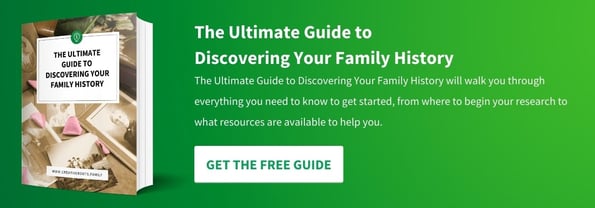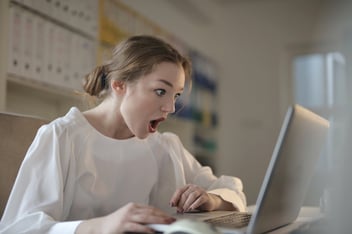How to Start a Family History
Have you ever wondered about your ancestors and where you came from? Starting a family history project can be a fun and rewarding way to learn more about your family history. In this guide, we will walk you through the steps to start your own family tree project.
Section 1: Decide on Your Research Strategy
Before you start your family tree project, you need to decide on your research strategy. There are several ways to approach this, including starting with what you already know, reaching out to family members, and using online resources.
-
Start with What You Already Know. You likely have some basic information about your family histories, such as the names of your parents and grandparents. Start by creating a list of all the information you have. This will be your starting point for your research.
-
Reach Out to Family Members. Reach out to family members, especially those who are older, to gather more information about your family history. They may have stories, documents, or photographs that can help you with your research.
-
Use Online Resources. There are many online resources that can help you with your family tree project. Some popular websites include Ancestry.com, FamilySearch.org, and MyHeritage.com. These websites offer access to records such as census records, birth and death certificates, and immigration records.
Section 2: Organize Your Research
As you begin your research, it is important to keep track of all the information you gather.
-
Create a Spreadsheet. Creating a spreadsheet can be a helpful way to organize your research. You can create columns for each family member and include information such as their name, birth and death dates, and any other relevant details.
-
Use Family Tree Software. There are several family tree software programs available that can help you organize your research. Some popular options include Legacy Family Tree, Family Tree Maker, and RootsMagic.
Section 3: Dig Deeper
As you continue your research, you may hit roadblocks or come across conflicting information. Here are some tips for digging deeper.
-
Cross-Reference Your Information. If you come across conflicting information, try to cross-reference it with other sources. This can help you determine which information is accurate.
-
Use Historical Context. Understanding the historical context of your ancestors can help you better understand their lives. Research the historical events that occurred during their lifetime, and try to find out how they may have been affected.
-
Reach Out to Experts. If you hit a roadblock, don't be afraid to reach out to experts for help. Genealogists and historians can offer valuable advice and resources.
Section 4: Share Your Findings
Once you have completed your family tree project, don't forget to share your findings with others. Here are some ways to share your research.
-
Create a Family Tree Book. You can create a book documenting your family history, including photographs and stories.
-
Share Online. You can share your family tree online using websites such as Ancestry.com, MyHeritage.com, and FamilySearch.org.
-
Organize a Family Reunion. Organize a family reunion and share your findings with your relatives.
Conclusion
Starting a family tree project can be a fun and rewarding way to learn more about your family history. By following these steps, you can get started on your own family tree project and uncover the stories of your ancestors. Remember to stay organized, dig deeper, and share your findings with others. Happy researching!


Article by Carol Walsh
Carol Walsh is the CEO of Creative Roots, a professional genealogy company. She has a passion for preserving family history and storytelling. Carol's research methodology centers around fact-finding and publishing in a format that readers can use to preserve the stories. Her ultimate goal is to help families connect with their past and each other.





